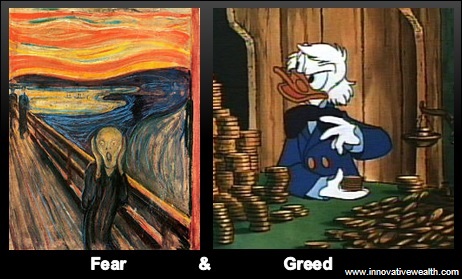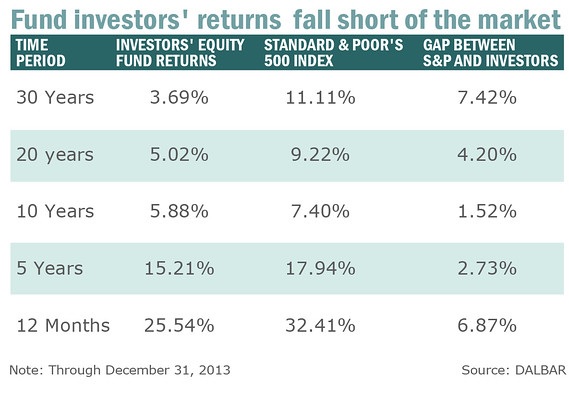How Fear and Greed Can Affect Your Investing
Financial Markets are driven by emotions: Fear and Greed
Master your investing emotions, or they will master you
The stock and bond markets are driven by four primary motivations. These four motivations are based on only 2 emotions, fear and greed. Investing is scary if you don’t know what you are doing. It is even scarier if you fully understand the risks through your own experience. Fear is a primal and instinctual emotion. Fear has kept our species from getting eaten by sabertooth tigers and jumping off cliffs trying to fly like a bird.
However when it comes to investing, that same primal instinct clouds the judgment of an otherwise rational educated person and causes him or her to make silly mistakes. In order to be successful as an investor, that fear has to be understood and harnessed in a productive way. I find fear to be the trickier of the two emotions because most people don’t understand how it applies to their own psychology.
Fear: The two fears of investing
The emotion of fear when investing can be broken down into 2 subcategories: Fear of losing money, and fear of under-performing the market (or more commonly known as, the fear of under-performing your friends).


